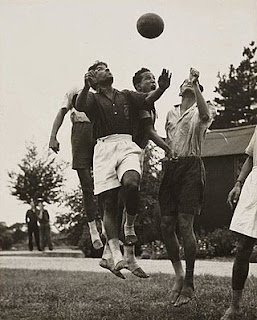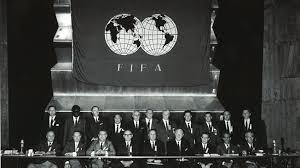The Evolution of the All India Football Federation
Introduction:
Football holds a special place in the hearts of millions of Indians. As the most popular sport in the country, it has a rich and intriguing history. At the center of India's footballing journey stands the All India Football Federation (AIFF), the governing body responsible for the development and promotion of the sport. Join us as we delve into the fascinating history of the AIFF and its role in shaping Indian football.
Founding Years:
The origins of the AIFF can be traced back to 1937 when it was established as the governing body for football in undivided India. However, it wasn't until 1948 that the AIFF received recognition from FIFA, the international governing body for football. This recognition allowed India to compete on the global stage and paved the way for future developments.
Early Challenges and Achievements:
Golden Era of Indian Football:
The 1950s and 1960s are often referred to as the "Golden Era" of Indian football. During this period, the Indian national team achieved remarkable success, capturing the imagination of the nation. Led by legendary figures such as Syed Abdul Rahim and P.K. Banerjee, the Indian team reached new heights, including a fourth-place finish at the 1956 Melbourne Olympics. The AIFF played a crucial role in nurturing talent and providing the necessary infrastructure to support the national team.
Modernization and Professionalization:
Rise of the Indian Super League:
In 2013, the AIFF, in collaboration with its marketing partner, Reliance Industries, introduced the Indian Super League (ISL). The ISL revolutionized Indian football by bringing in international players, experienced coaches, and modern training facilities. It not only provided a platform for Indian players to compete with and learn from some of the world's best but also increased the popularity and commercial viability of the sport in India.
Current Initiatives and Future Outlook:
Under the leadership of Mr. Praful Patel, the AIFF has continued to make strides in the development of Indian football. The federation has emphasized the importance of grassroots development, player welfare, and the promotion of women's football. Efforts are also underway to improve the quality of infrastructure, enhance youth development programs, and create a sustainable football ecosystem in the country.
Conclusion:
The All India Football Federation has played a pivotal role in the growth and development of football in India. From its early years to the present day, the AIFF has navigated challenges, celebrated successes, and worked tirelessly to promote the sport at all levels. As Indian football continues to evolve, the AIFF remains committed to its mission of fostering the growth of the game, nurturing talent, and taking Indian football to new heights on the global stage.










Comments
Post a Comment